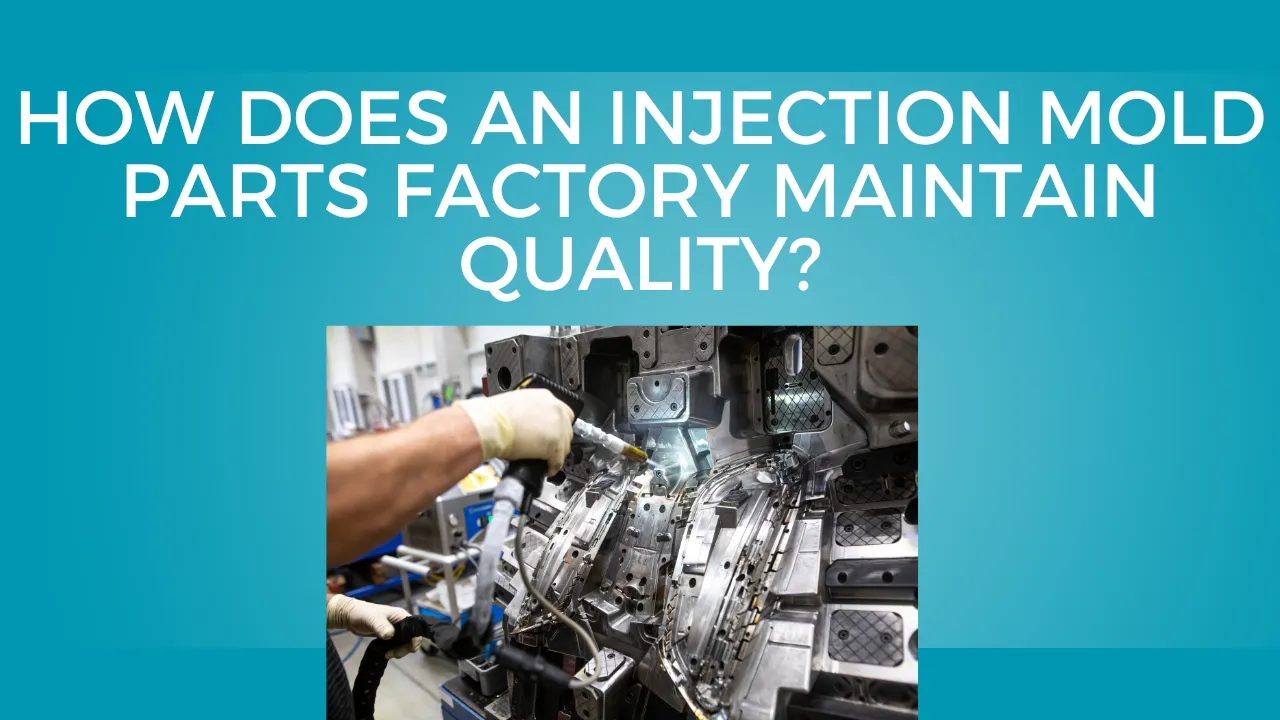Introduction: Bridging Two Critical Disciplines
In today’s fast-paced and highly competitive market landscape, businesses are constantly striving for operational efficiency and strategic agility. Two disciplines that stand at the forefront of this effort are the S & OP process (Sales and Operations Planning) and process excellence.
Although often treated as separate initiatives, the synergy between them is where true transformation lies. If you’re wondering whether your current S & OP process is helping or hindering your journey toward process excellence, you’re not alone. This article explores how the integration of these two disciplines can become a catalyst for sustainable growth and organizational alignment.
Understanding the Foundations
What Is the S & OP Process?
The Sales and Operations Planning (S & OP) process is a structured, cross-functional approach to aligning demand and supply, balancing financial and operational plans, and integrating business strategy with execution. Typically conducted on a monthly cadence, S & OP meetings bring together stakeholders from sales, marketing, operations, finance, and supply chain to reach consensus on a single operating plan.
The S & OP process offers numerous benefits:
Improved demand forecasting
Better inventory management
Increased customer service levels
Stronger collaboration across functions
But a poorly executed S & OP process can become bureaucratic and disconnected from strategic goals, undermining its potential.
What Is Process Excellence?
Process excellence refers to the pursuit of optimizing business processes to deliver maximum value with minimal waste. Rooted in methodologies like Lean, Six Sigma, and Total Quality Management, process excellence focuses on consistency, agility, efficiency, and customer satisfaction.
At its core, process excellence is not just about improving processes for the sake of efficiency—it’s about enabling a culture of continuous improvement. When embedded into an organization’s DNA, process excellence becomes a key driver of competitive advantage.
The Natural Intersection of S & OP and Process Excellence
When you examine the goals of both disciplines, the overlap becomes clear. Both the S & OP process and process excellence aim to:
Break down organizational silos
Promote data-driven decision-making
Align operational execution with strategic objectives
Create repeatable and scalable processes
The difference lies in their scope. S & OP provides a structured decision-making framework, while process excellence supplies the tools and mindset to continuously improve that framework.
Together, they create a virtuous cycle. A well-run S & OP process identifies areas needing improvement. Process excellence initiatives then optimize those areas. The improved processes, in turn, enhance the quality and reliability of the S & OP outputs.
Signs Your S & OP Process Is Falling Short
Many companies believe they are executing S & OP effectively, but in practice, common pitfalls can compromise its value. Ask yourself:
Are decisions made based on data or instinct?
Do meetings result in actionable plans or circular discussions?
Are all key functions engaged and accountable?
Is the process flexible enough to adapt to market volatility?
If your answers reveal gaps, it’s a signal that process excellence principles need to be infused into your S & OP practices.
Embedding Process Excellence into S & OP
1. Standardization Without Rigidity
Standard operating procedures are essential, but they shouldn’t stifle responsiveness. Establish clear roles, responsibilities, and workflows for each S & OP cycle, while allowing teams to adapt based on changing business conditions.
Utilize process mapping and root cause analysis—two staples of process excellence—to streamline and clarify every step in the S & OP cycle. This reduces confusion, duplication, and delays.
2. Data Quality and Governance
An S & OP plan is only as good as the data behind it. Process excellence frameworks emphasize the importance of data governance—consistent definitions, timely updates, and shared accountability.
Ensure that demand forecasts, inventory levels, capacity constraints, and financial projections are fed from a single source of truth. Automating routine data gathering and reporting can help reduce manual errors and free up time for strategic discussions.
3. Continuous Feedback Loops
S & OP should not be a static process. Embed continuous improvement loops to review what worked, what didn’t, and how to improve.
This could involve post-cycle reviews, stakeholder surveys, and metrics tracking across multiple dimensions—forecast accuracy, plan adherence, customer service levels, and working capital impact. These are critical for identifying systemic issues and building momentum for change.
4. Cross-Functional Collaboration
True process excellence thrives in environments of collaboration and shared ownership. If your S & OP meetings are dominated by one function (often supply chain or finance), it’s time to rebalance the table.
Establish KPIs that incentivize collaboration, such as joint forecast accuracy or customer satisfaction goals. Train stakeholders on negotiation, conflict resolution, and systems thinking to elevate the quality of conversations.
5. Leadership and Culture
No amount of process redesign will stick without leadership commitment. Senior leaders must model the behaviors they expect—being present at S & OP meetings, asking insightful questions, and supporting change efforts.
Equally important is fostering a culture that values learning over blame. Mistakes in planning cycles should be treated as opportunities to refine assumptions, not as personal failures.
Real-World Impact: A Case Example
At a mid-sized consumer goods manufacturer, the S & OP process was viewed as a monthly administrative chore. Forecasts were routinely off by 20%, and departments operated in silos. Leadership decided to overhaul their approach by embedding process excellence into every facet of their planning cycle.
They began by mapping out their existing S & OP process using Lean value stream mapping techniques. Bottlenecks and handoff issues were identified, particularly in how sales communicated promotional plans to operations.
Through targeted process improvements—standardizing forecast templates, automating data flows, and implementing a “plan-do-check-act” loop—the company reduced forecast error to below 10% within six months. Just as importantly, employee engagement in the S & OP process rose dramatically, with cross-functional teams taking shared responsibility for outcomes.
Metrics That Matter
To ensure your integrated S & OP and process excellence initiatives are delivering value, consider tracking these KPIs:
Forecast accuracy (baseline vs. improved)
Inventory turns and working capital utilization
S & OP adherence to plan vs. actual
Service level improvements (e.g., fill rate, OTIF)
Cycle time for decision-making and plan revisions
Stakeholder satisfaction and engagement scores
These metrics provide a comprehensive view of both the effectiveness and efficiency of your operations.
Technology’s Role—but Not the Silver Bullet
Technology platforms can enable real-time visibility, advanced analytics, and scenario planning—all valuable tools for both S & OP and process excellence. However, tools alone won’t solve process misalignments or cultural resistance.
Focus first on the “why” and “how” of your process goals before investing in “what” tools to use. The best software implementations support well-defined processes and engaged people—not the other way around.
Final Thoughts: A Journey, Not a Destination
Integrating your S & OP process with the discipline of process excellence is not a one-time project; it’s an ongoing journey. But it’s one worth taking.
Companies that succeed in this integration are better positioned to:
Navigate supply chain disruptions
Launch new products with greater confidence
Align operations with customer expectations
Drive profitable and sustainable growth
The question isn’t just whether your S & OP process is efficient—it’s whether it is excellent. And that requires a shift in mindset, method, and measurement.
If you’re ready to elevate your planning and operations to the next level, start with a simple step: bring your S & OP and process improvement teams into the same room. You may be surprised at the transformation that unfolds.
Looking Ahead
In our next piece, we’ll explore how digital transformation and AI are shaping the future of integrated planning and continuous improvement. Stay tuned to discover how emerging technologies can amplify your gains—and avoid the pitfalls of tech-first strategies.







